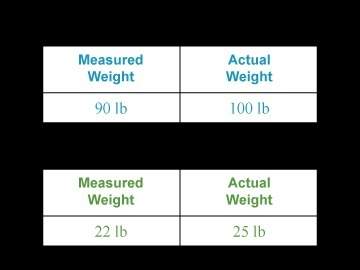
Mathematics, 12.02.2020 03:08 strevino9178
The dual of a compound proposition that contains only the logical operators ∨, ∧, and ¬ is the compound proposition obtained by replacing each ∨ by ∧, each ∧ by ∨, each T by F, and each F by T. The dual of s is denoted by s∗. Find the dual of each of these compound propositions.

Answers: 2
Another question on Mathematics

Mathematics, 21.06.2019 12:40
Question 6 (10 points) ✓ saved what is the center of a circle described by the equation x2 + y2 +10y = -16? . (0,-5) (0,5) (-5,0) (5,0)
Answers: 1

Mathematics, 21.06.2019 15:30
Consider the integral: 4 0 16 − y2 − 16 − y2 4 1 x2 + y2 dz dx dy . (a) describe w. use the standard view of the x, y, and z axes. front half of a cone with a rounded top. full cone with a flat top. right half of a cone with a flat top. front half of a cone with a flat top. right half of a cone with a rounded top.
Answers: 1

Mathematics, 21.06.2019 22:00
If x+y+z=0 what is the value of [tex] {x}^{3} + {y}^{3} + {z}^{3} [/tex]
Answers: 2

Mathematics, 21.06.2019 22:30
The track team ran a mile and a quarter during their practice how many kilometers did her team runs?
Answers: 1
You know the right answer?
The dual of a compound proposition that contains only the logical operators ∨, ∧, and ¬ is the compo...
Questions



English, 24.09.2019 05:00

History, 24.09.2019 05:00


Law, 24.09.2019 05:00







Geography, 24.09.2019 05:00

Mathematics, 24.09.2019 05:00


Advanced Placement (AP), 24.09.2019 05:00

History, 24.09.2019 05:00

Mathematics, 24.09.2019 05:00





